Some people say that the definition of genius is to take the inner workings of one or multiple systems and apply them to another domain with absolute success. One designer may just fall right into that definition with this SWATH conceptual vehicle.


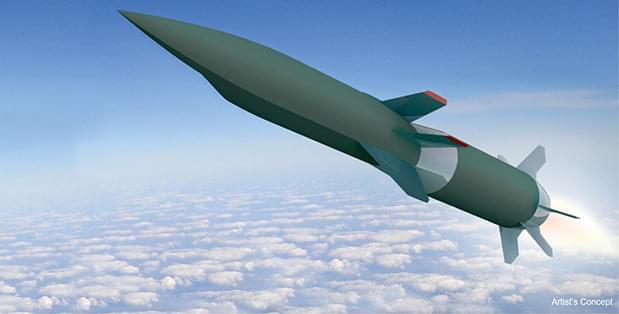
The Hypersonic Air-breathing Weapon Concept (HAWC) vehicle, developed under a partnership of the Air Force and the Defense Advanced Research Projects Agency, made a free flight the week of Sept. 20 a DARPA spokesman said, but most details are being withheld. The vehicle, which was built by Raytheon Technologies with a hypersonic engine built by Northrop Grumman, flew faster than Mach 5 but DARPA declined to say how long the vehicle flew.
The engine “kicked on” seconds after being released from an aircraft, which DARPA and the Air Force declined to identify, although DARPA expressed appreciation to “Navy flight test personnel.” The Navy has been conducting hypersonic missile research with F/A-18 aircraft.
The engine “compressed incoming air mixed with its hydrocarbon fuel and began igniting that fast-moving airflow mixture, propelling the cruiser at a speed greater than Mach 5,” DARPA said. In order for the scramjet engine to ignite, the vehicle must be moving at hypersonic speed, so a booster is used for that portion of the flight.
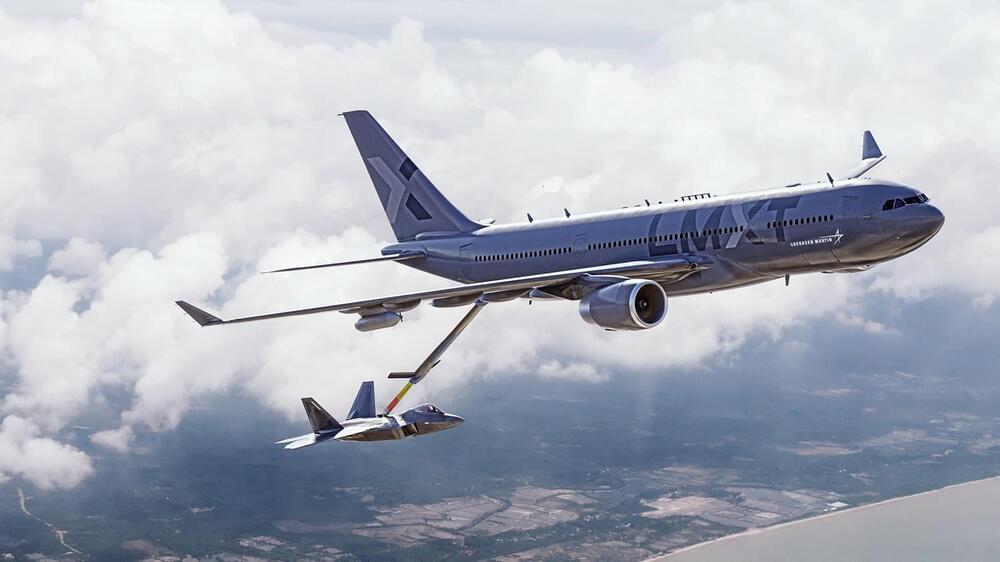
Some improvements of the new model include a significantly improved range, fuel offload capacity, operational and combat-proven advanced camera and vision system, and upgraded communications system. The tanker will have 271,700 pounds (123,241 kg) of fuel capacity – 12,000 kg more than the Airbus A330 MRTT and an almost 20-hour endurance.
“Lockheed Martin has a long and successful track record of producing aircraft for the US Air Force, and we understand the critical role tankers play in ensuring America’s total mission success,” said Greg Ulmer, executive vice president Lockheed Martin Aeronautics. “The LMXT combines proven performance and operator-specific capabilities to meet the Air Force’s refueling requirements in support of America’s National Defense Strategy.”
In addition to better range and increased payload, the LMXT tanker is equipped with a proven fly-by-wire boom currently certified and used by allies to refuel US Air Force receiver aircraft in operations around the world, the world’s first fully automatic boom/air-to-air refueling (A3R) system, and open system architecture JADC2 (Joint All-Domain Command and Control) systems.
The Defense Advanced Research Projects Agency has announced the successful free flight test of an air-breathing hypersonic cruise missile demonstrator developed by Raytheon and Northrop Grumman. This comes more than a year after the announcement of successful captive-carry tests of this weapon, as well as a competing design from Lockheed Martin, as part of the Hypersonic Air-breathing Weapon Concept program, or HAWC.
The announcement of this test of the Raytheon/Northrop Grumman missile came earlier today in a press release, but the Defense Advanced Research Projects Agency (DARPA), working together with the U.S. Air Force, conducted it last week. The U.S. Navy was also involved in the test. DARPA’s official statement does not provide any update on any similar progress on the Lockheed Martin design.

Sept 24 (Reuters) — Intel Corp (INTC.O) on Friday broke ground on two new factories in Arizona as part of its turnaround plan to become a major manufacturer of chips for outside customers.
The $20 billion plants — dubbed Fab 52 and Fab 62 — will bring the total number of Intel factories at its campus in Chandler, Arizona, to six. They will house Intel’s most advanced chipmaking technology and play a central role in the Santa Clara, California-based company’s effort to regain its lead in making the smallest, fastest chips by 2,025 after having fallen behind rival Taiwan Semiconductor Manufacturing Co Ltd (2330.TW).
The new Arizona plants will also be the first Intel has built from the ground up with space reserved for outside customers. Intel has long made its own chips, but its turnaround plan calls for taking on work for outsiders such as Qualcomm Inc (QCOM.O) Amazon.com’s (AMZN.O) cloud unit, as well as deepening its manufacturing relationship with the U.S. military.
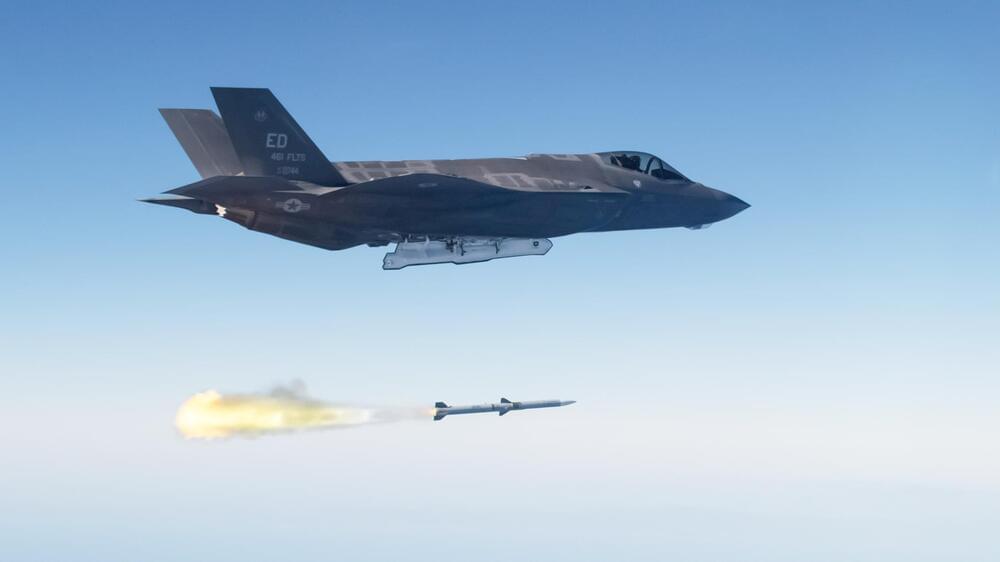
Boeing displayed a Long-Range Air-to-Air Missile (LRAAM) concept at the annual Air, Space, and Cyber Conference in National Harbor, Maryland, this week.
The two-stage missile reportedly has a “kill vehicle” attached atop a rear booster section. The end of the missile is ejected after the initial burst, igniting the front section and propelling it to the target.
According to War Zone, Boeing began development of the concept in response to the US Air Force Research Laboratory (AFRL) Broad Area Announcement (BAA) last year requesting novel solutions for faster, longer-range air-to-air missile development.
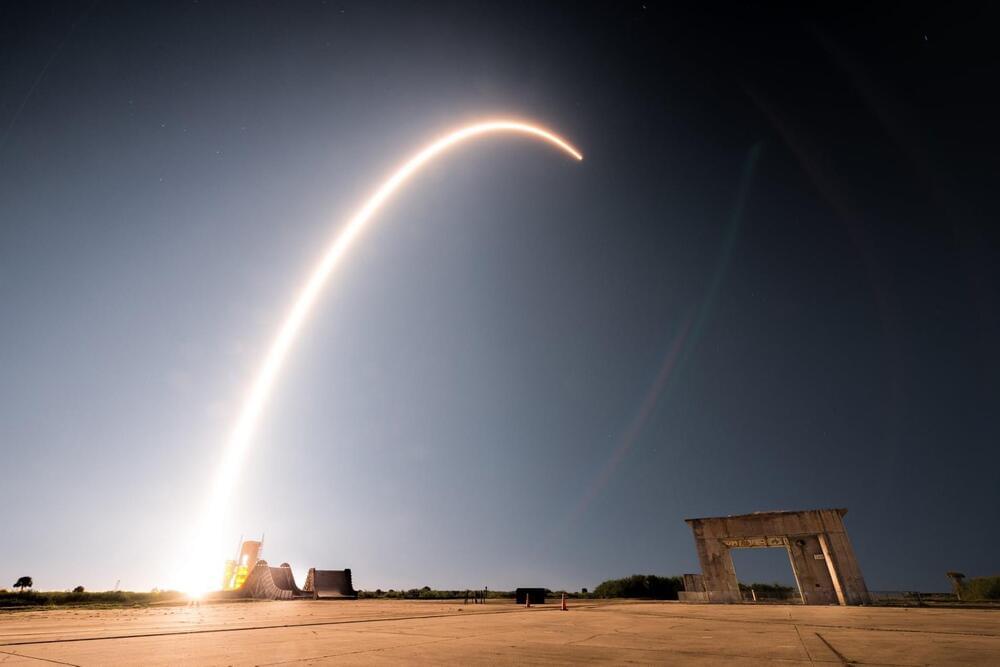
The US Space Force announced the transfer of satellite communications billets, funding, and mission responsibility from the Army and Navy.
The United States Space Force, through its chief of operations, announced that the satellite communications billets, funding, and mission responsibility of the US Army and Navy will be transferred to the Space Force.
Space Force Gen. John W. “Jay” Raymond made the announcement on Tuesday at the Air Force Association meeting in Washington. The transfer is not yet complete and still needs approval from the Department of Defense.
If it is approved, the transfer is expected to take effect on October 1 2021. A total of 15 global units, with 319 military, and 259 civilian billets from the Army and Navy, will be transferred to the Space Force.
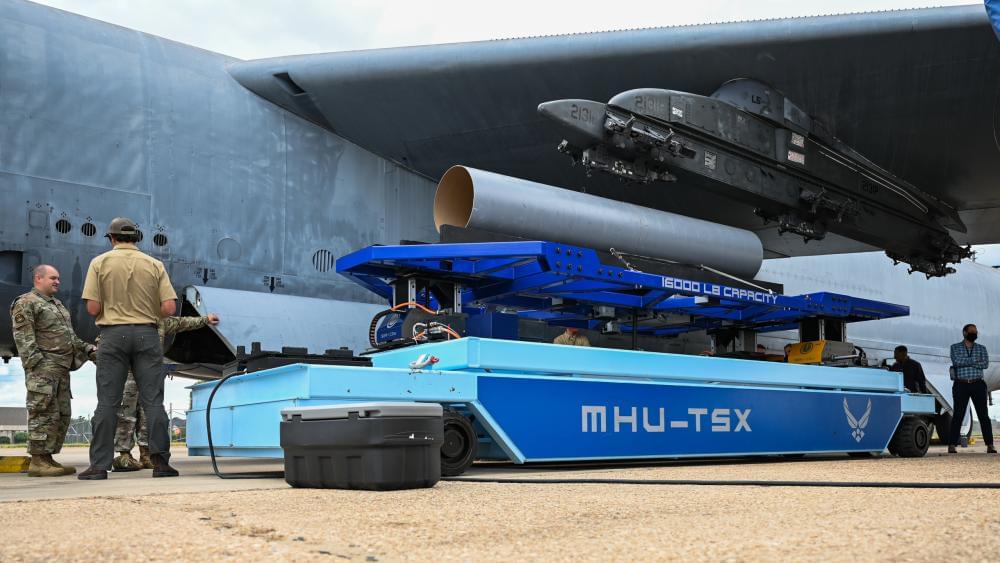
The US Air Force recently tested a robotic system prototype for aircraft weapon loading at the Barksdale Air Force Base, Louisiana.
The Square One Systems Design, MHU-TSX, uses non-hydraulic actuation making its movements precise, a key advantage over the current weapon hauling systems, the Jackson-based company revealed.
Bob Viola, Square One Systems Design director of engineering, stated that adding a sensor package to the system would make it more autonomous, leaving the personnel only to “supervise what it’s doing, which should make the loading process quicker.”
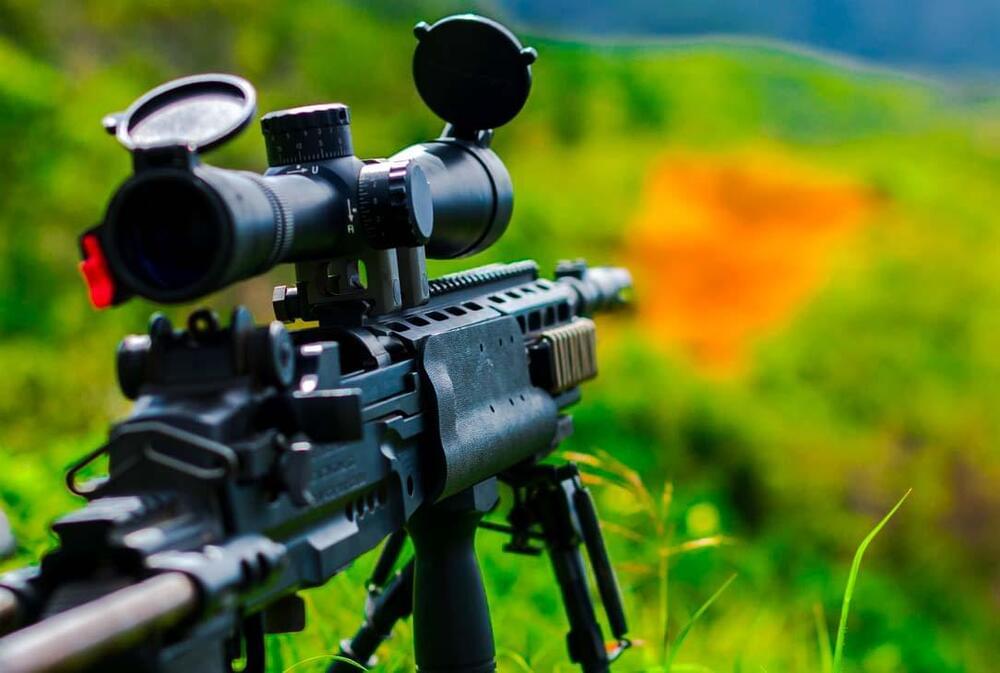
As artificial intelligence grows in intelligence, militaries are incorporating the tech into their arsenal. From Minority Report style predictive AI to anti-aging research, AI is steadily being introduced to everything. In one bizarre example, the Israeli military has created an AI Sniper Rifle.
Reported by The New York Times, Israeli operatives carried out an assassination mission with an AI Sniper Rifle. Conducted in November 2,020 the Israeli military used a “souped-up, remote-controlled” rifle to kill Iranian nuclear scientist Mohsen Fakhrizadeh. The military had been chasing the target “for at least 14 years”.
The Israeli military has reportedly used an AI Sniper Rifle to assassinate Iranian nuclear scientist Mohsen Fakhrizadeh after 14 years of trying.
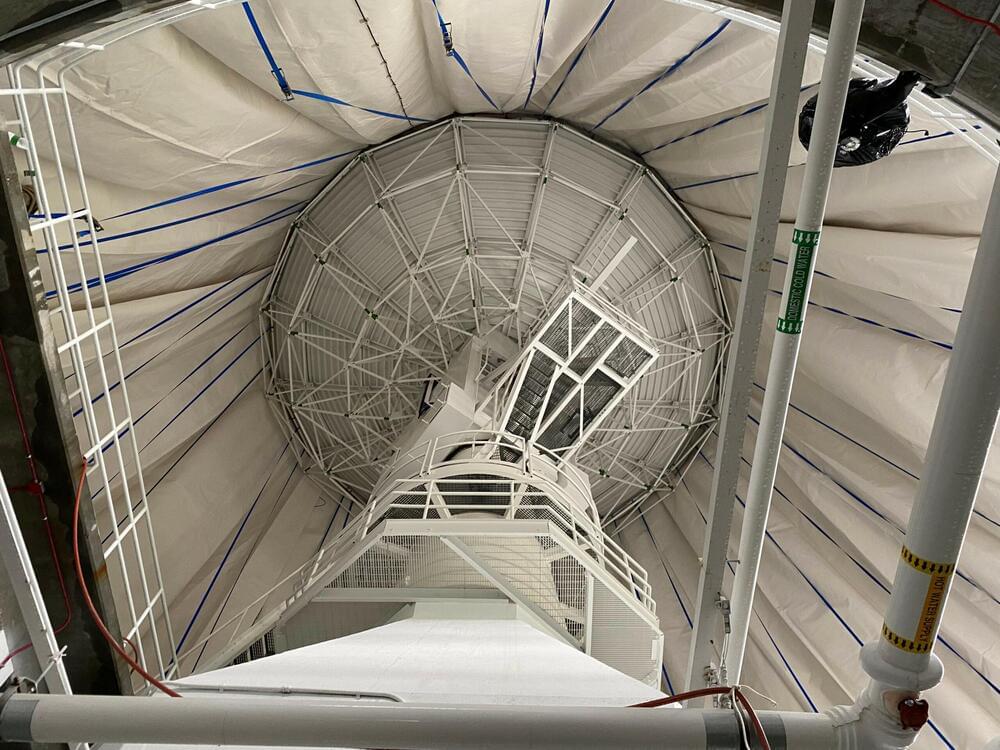
WASHINGTON — The ground stations and tracking antennas the U.S. military relies on to communicate with its satellites — known as the Satellite Control Network, or SCN — are decades old and short of the capacity needed to keep up with the projected growth in space activities.
There are seven SCN sites located in the United States and around the world. About 15 large dish antennas at these sites command more than 190 military and government satellites in multiple orbits.
“Certainly the Satellite Control Network is a venerable system that’s been around for a long time. So we have multiple efforts ongoing to ensure that it’s ready for the future that we now find ourselves in,” Lt. Gen. Stephen Whiting, commander of the U.S. Space Operations Command, said last month at the 36th Space Symposium.